Air travel is stressful at the best of times, but it can be nearly impossible for patients with pulmonary hypertension since traveling at high altitudes can cause a decrease in oxygen level in the blood. For some patients, air travel may be out of the question altogether, but this is not always the case. If you or someone you know has pulmonary hypertension and/or uses an oxygen tank to breathe, don’t discount booking a flight just yet. First, speak to a pulmonary physician to check whether it is safe for you to travel. If the answer is yes, then be sure to follow these 5 tips for traveling with oxygen and pulmonary hypertension.
Tips For Traveling With Oxygen
1. Get A Letter From Your Doctor
If your pulmonary specialist deems you fit to travel by plane, be sure to ask them for a letter that describes your medical requirements for travel at high altitudes. This letter will help you obtain supplemental oxygen and streamline your security checkpoint and boarding process.
2. Complete Airline-Specific Forms
Before you book your ticket, make sure to check the airline’s policy on traveling with oxygen tanks. Certain airlines may require specific paperwork to be filled out by you or your doctor and to be brought on the date of the flight. Make sure you book your flight with enough time for your doctor to fill out the paperwork and get it back to you.
3. Arrive Early & Board Early
Even with perfectly laid out plans, getting through an airport oftentimes takes a lot longer than we expect. That is why it’s a good idea to get to the airport a few hours in advance, especially if you’re going to be bringing medical equipment and supplies. Once you’re at your gate, feel free to ask the attendants about pre-boarding. Doing this will ensure that you have enough room in the overhead compartment for your carry-on bags since your oxygen tank will be at your feet.
4. Rent or Buy a Portable Oxygen Concentrator
A portable oxygen concentrator, also known as a POC, can help patients keep their blood oxygen level high while flying at a high altitude. This equipment is vital to bring onboard since most airlines don’t provide medical oxygen. These devices can be rented or bought through your regular oxygen supplier.
5. Charge Your Batteries
When flying with medical equipment, be sure to bring charged batteries and extra batteries, just in case. The Federal Aviation Administration actually requires that anything being used throughout a flight have a battery life that lasts at least 150 percent of the flight time, so be sure to bring your equipment fully charged and pack a few extra batteries as well.
More Information
Having pulmonary hypertension doesn’t immediately disqualify someone from being able to plan an air trip, it simply takes a few extra steps to ensure the person’s safety. If you would like to be seen by one of our pulmonary specialists to determine whether you are safe to travel (or to stay in a hotel in the mountains), contact us today to book an appointment, we’ll do our best to get you there safely.

